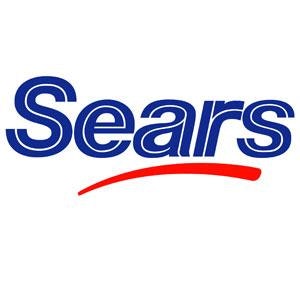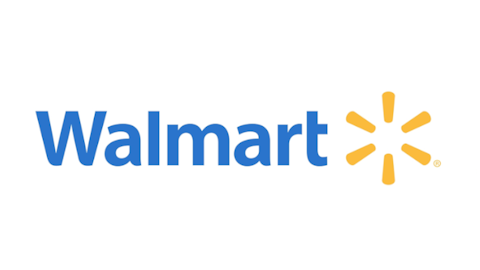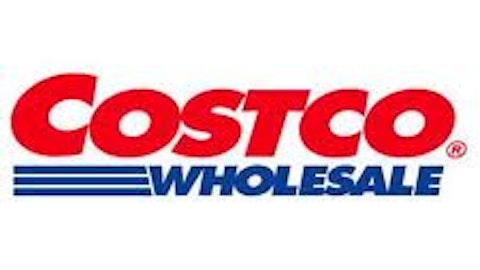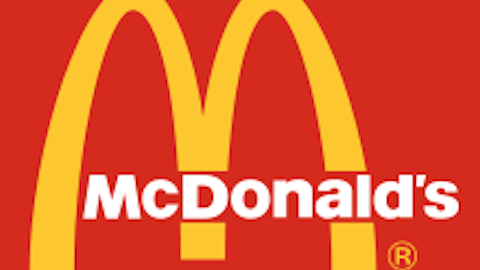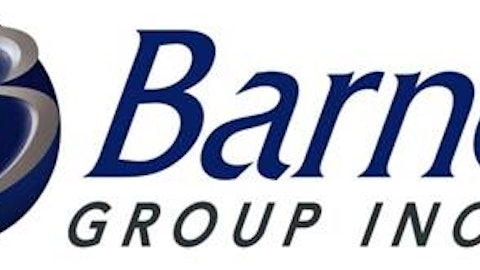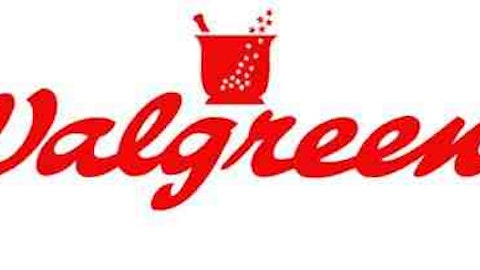The Kmart bankruptcy story provides a compelling example of how it is that even the most popular companies can fall apart in the cut-throat consumer retail market. Between its endless battle for value-focused customers with Wal-Mart Stores, Inc. (NYSE:WMT) and Target Corporation (NYSE:TGT), and internal struggle with in-store design, real estate locations, and technological shortcomings, Kmart shareholders were dragged into a financial black-hole by falling revenues and margins.
Today, a decade later, Kmart continues to operate within the Sears Holdings Corp (NASDAQ:SHLD), and is sheltered by the scaling benefits associated with conglomeration. In light of Kmart’s merger with Sears Holdings Corp (NASDAQ:SHLD) under such distressed terms, this article is going to take a look into the greater conglomerate’s financial position, and determine if it has managed to create an investment opportunity out of its acquisition.
Looking back at the Kmart bankruptcy, the biggest driver of the collapse was the company’s inability to remain competitive. This included an avoidance of technological investments that would improve operational efficiency, thus providing a greater inability to compete with companies like Wal-Mart Stores, Inc. (NYSE:WMT) on a price-point basis, both of which being epitomized by a comparatively high cost of capital. Given the extremely fixed nature of Sears Holdings Corp (NASDAQ:SHLD)’s business model, an investor can go on to evaluate how it is that the company’s cost of capital, sales per store operated (so as to include the impact of all of the company’s leases), and EBITDA/Assets (asset turnover) demonstrates Sears Holdings Corp (NASDAQ:SHLD)’s competitiveness after an entire decade of restructuring.
| Company (Ticker) | Long-term Cost of Capital | Sales/Operated Properties | EBITDA/Assets |
|---|---|---|---|
| Sears Holding (SHLD) | 7% | $15.64 | 2% |
| Wal-Mart (WMT) | 5.50% | $41.49 | 38% |
| Target (TGT) | 6.50% | $41.23 | 16% |
In reviewing the financial statements of Sears Holdings Corp (NASDAQ:SHLD) for trends of profitability and fundamental value, it is immediately apparent that the greater company’s continuing operations remain a struggle. The company maintains a CCC credit rating, granting them a 7% cost of capital, mainly due to its highly leveraged balance sheet. Given that the company then proceeds to hold off sheet operating lease arrangements with a third party holding company of a similar name, meaning that approximately $4 billion worth of assets and liabilities are hiding in the notes to the financial statements, the company shows a pretty nasty financial position in comparison to that of its competitors.
Despite these hidden asset exposures, which will need to be recognized when the USA adopts IFRS by the way, the company still demonstrates efficiency ratios that are less than half of those of its nearest competitors, while its adjusted asset turnover ratio is a meager 5% of that of Wal-Mart Stores, Inc. (NYSE:WMT)’s. These results are pretty self-explanatory, in that they show how it is that the company is still not effectively competing in the marketplace.
